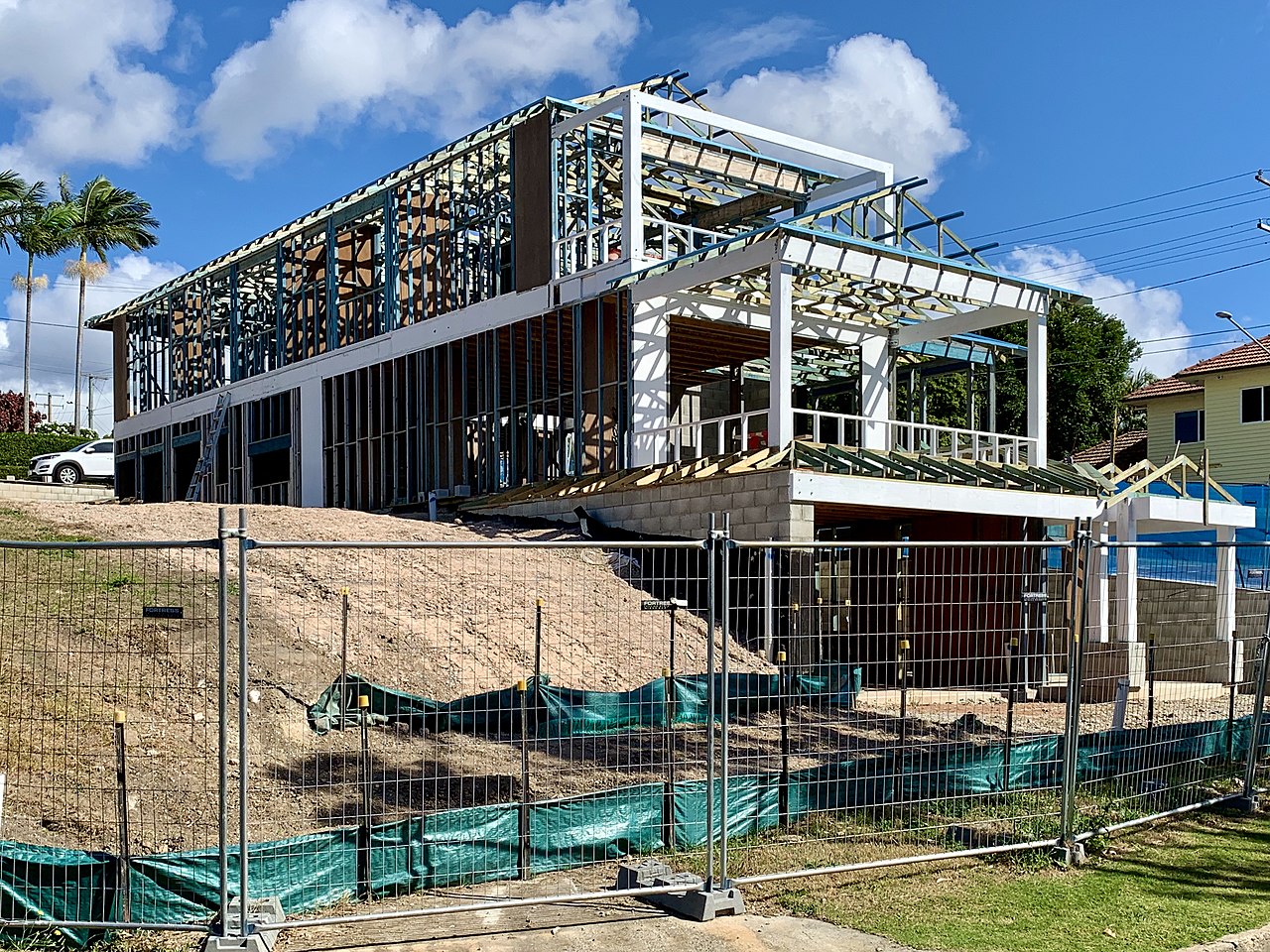
Australian construction activity contracted in June as the country joined other world markets buffeted by material and labour shortages and rising interest rates and costs.
Activity there fell by 4.2 points to 46.2 in the latest Australian Performance of Construction Index (Australian PCI) after months of positive or stable conditions. Readings below 50 in the index – produced by the Australian Industry Group (Ai Group) and the Housing Industry Association (HIA) – indicate contraction, with lower results indicating a faster contraction rate.
“The Australian construction sector faces significant pressure,” said Jeffrey Wilson, research director at the Australian Industry Group. “Supply constraints for staff and materials are continuing to grow, with input prices setting a record in June. Housing, apartment and commercial construction activity all declined further into contraction this month. The effect of rising interest rates was evident across house building and apartments as builders reported a drop in enquiries and new orders.”
HIA senior economist Nicholas Ward said: “Materials and labour shortages continued to weigh on home building in June. These constraints have resulted in increases in the cost of construction and extended build times.”
But Ward noted that demand for new detached homes and renovations has been “exceptionally strong” during the pandemic.
“There is a record volume of detached houses under construction, with more work entering the pipeline each month,” he said. “With this large volume of work to be done, builders can expect to be at capacity in 2022 and 2023.”
In all, three of Australia’s four construction sectors – house building, apartments and commercial – contracted significantly in June: house building fell 4.3 points, apartments fell 4.5 points and commercial plunged 8.4 points.
Engineering activity expanded against the backdrop of numerous transport mega projects in the country. It ended June 5.3 points higher than May, reaching 57.1 on the index.
Australia is far from alone. Today, citing an almost identical suite of constraints, IHS Markit released its Purchasing Managers’ Index (PMI) reports for Europe, showing that both output and new orders fell in the eurozone at the fastest rate seen in 16 months, from 49.2 in May to 47 in June. PMI scores measure growth or contraction in the same way as the Australian PCI does.
Within the eurozone, France’s score fell from 50.9 in May to 46.4 in June. Germany registered a slight improvement from May’s nine-month low of 45.4 to 45.9 in June, still well into contraction mode.
Outside the eurozone, the UK remained in expansion mode, but June’s rate of growth fell to 52.6 from 56.4 in May.








